- 18,187

- Florida
- GranTurismo0517
- RandomCarGuy17
Another car I forgot that existed, the Bristol Beaufighter.
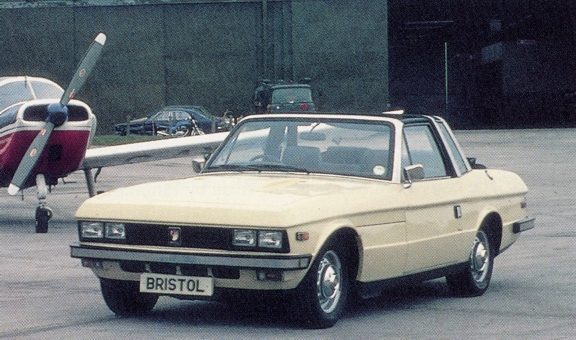
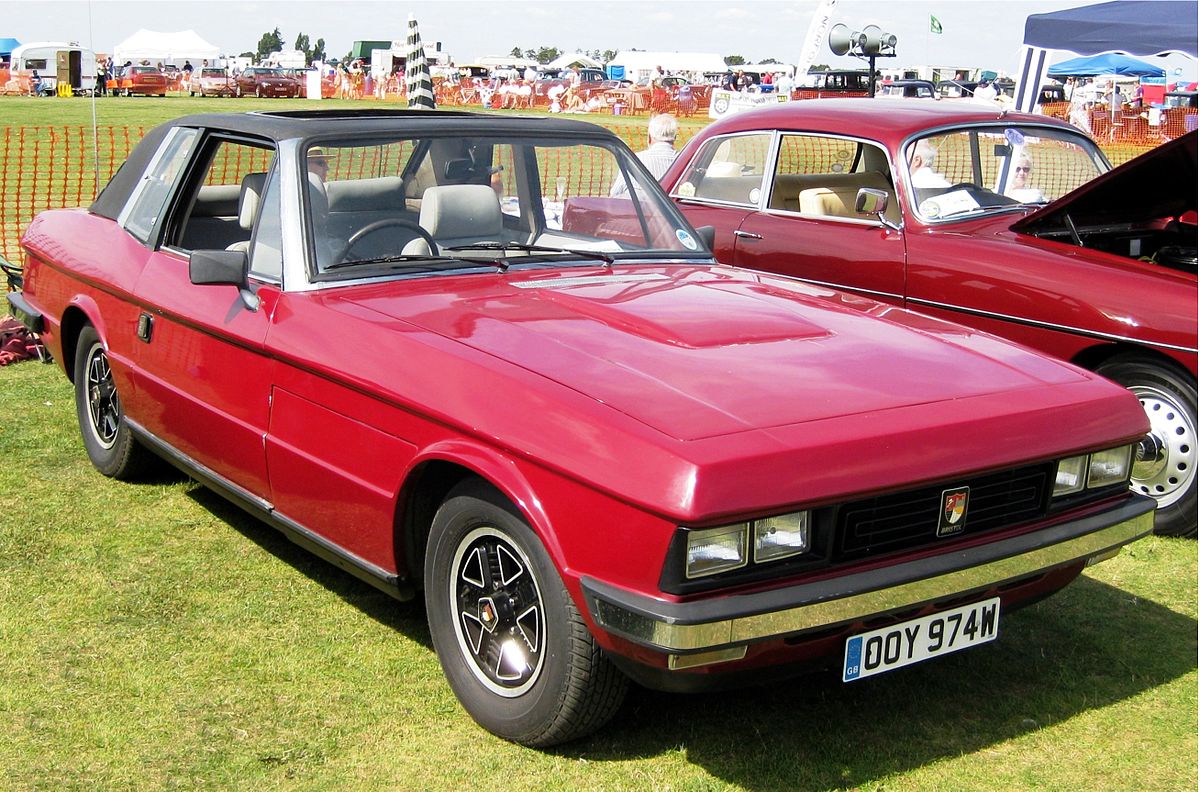
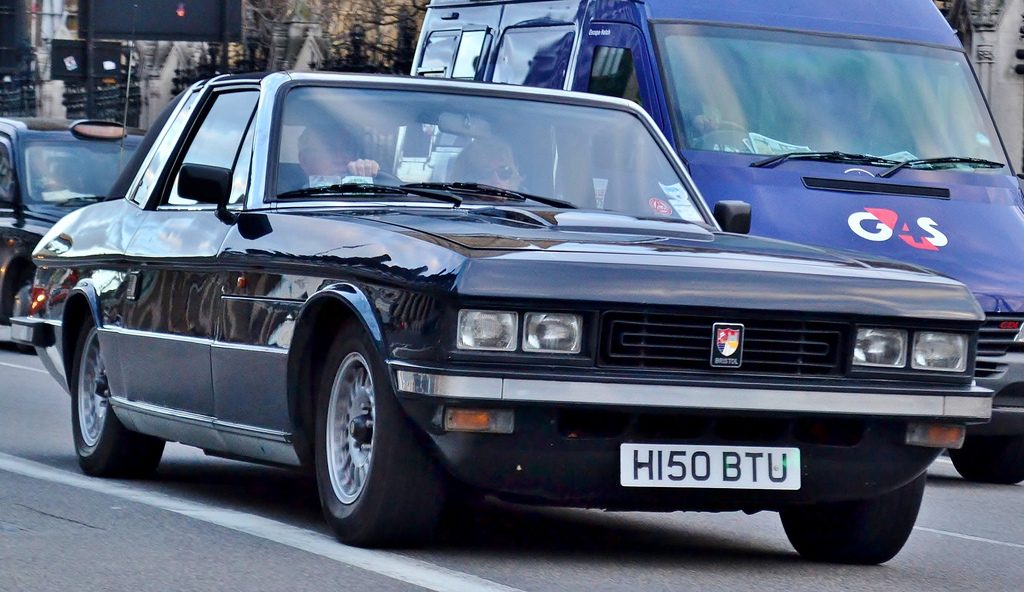
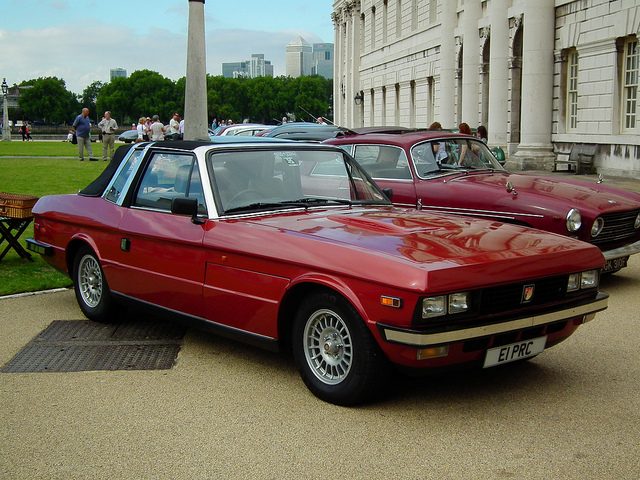






Love those soccer balls...
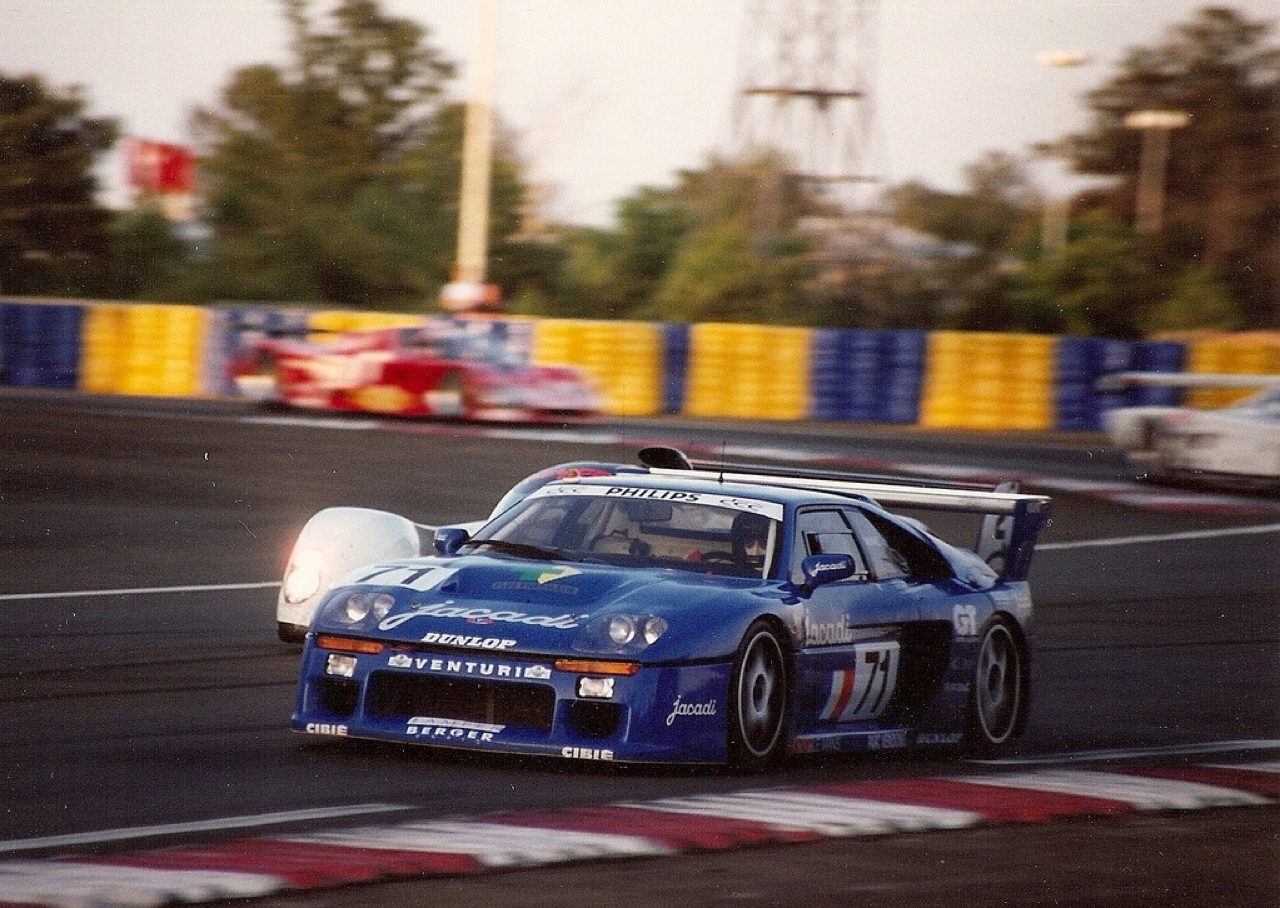
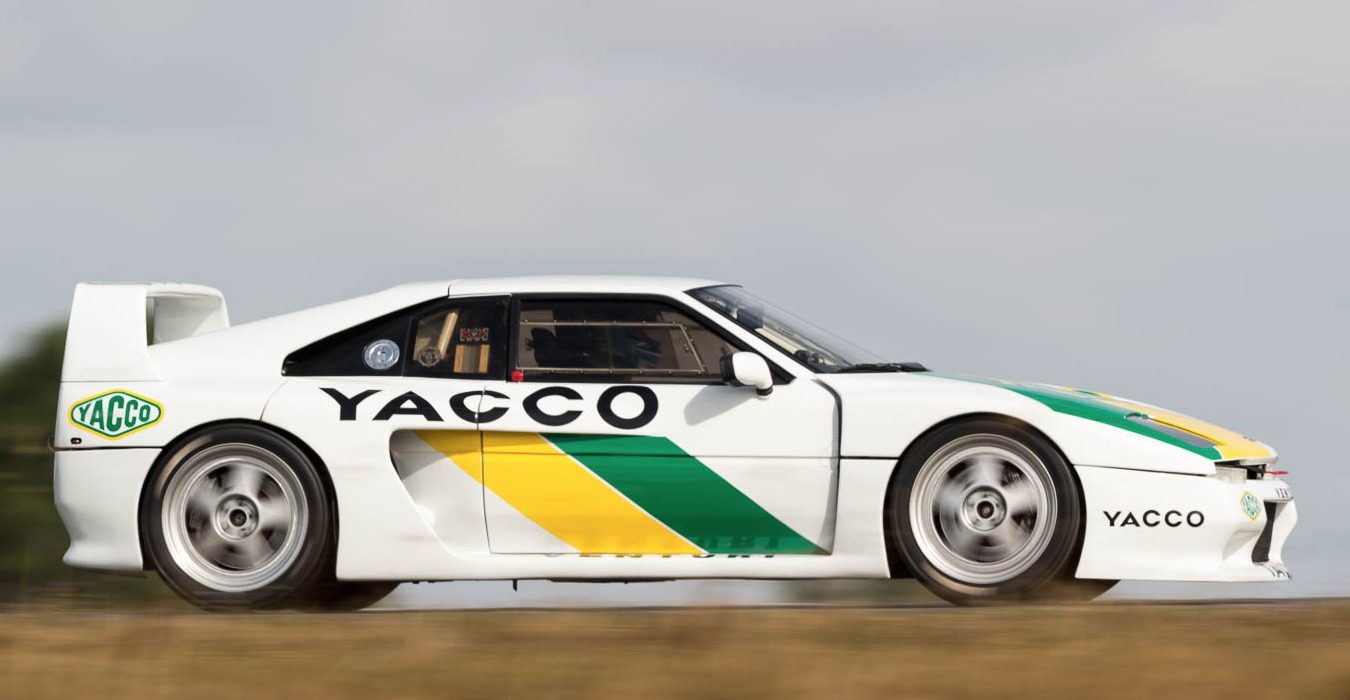
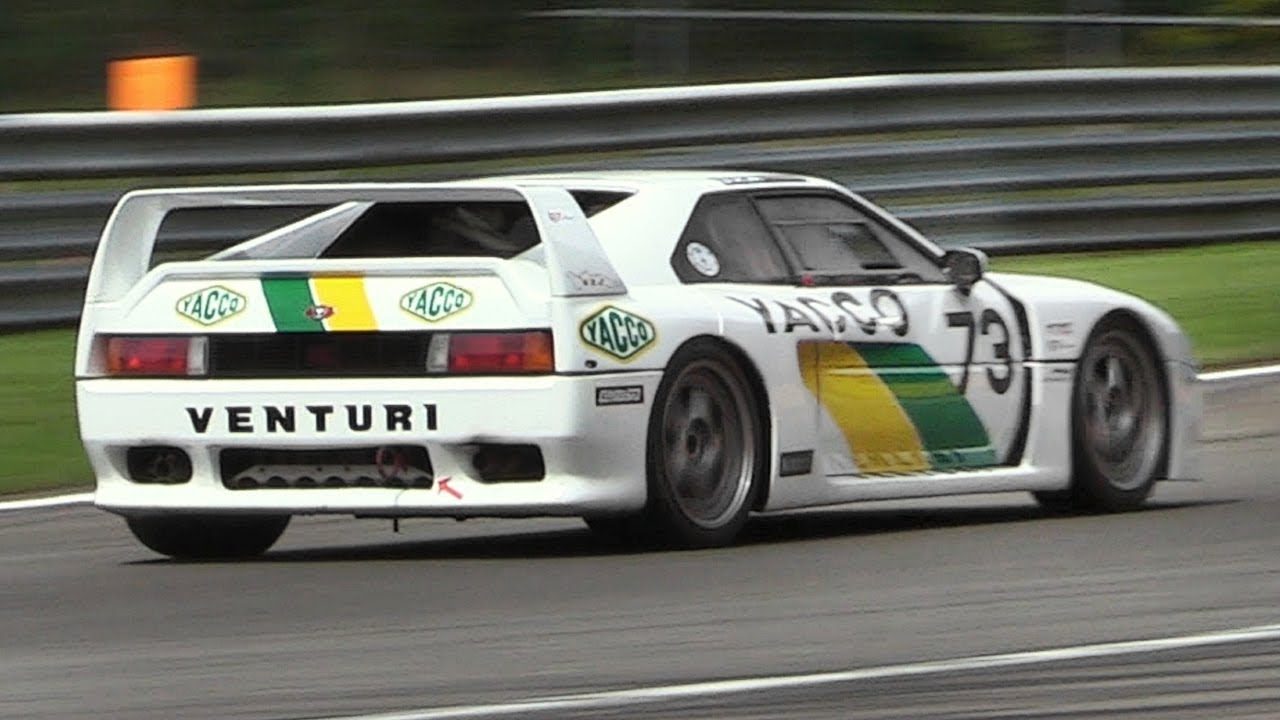
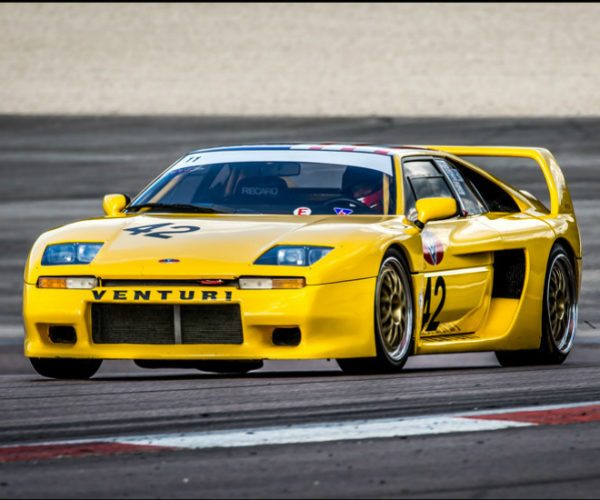
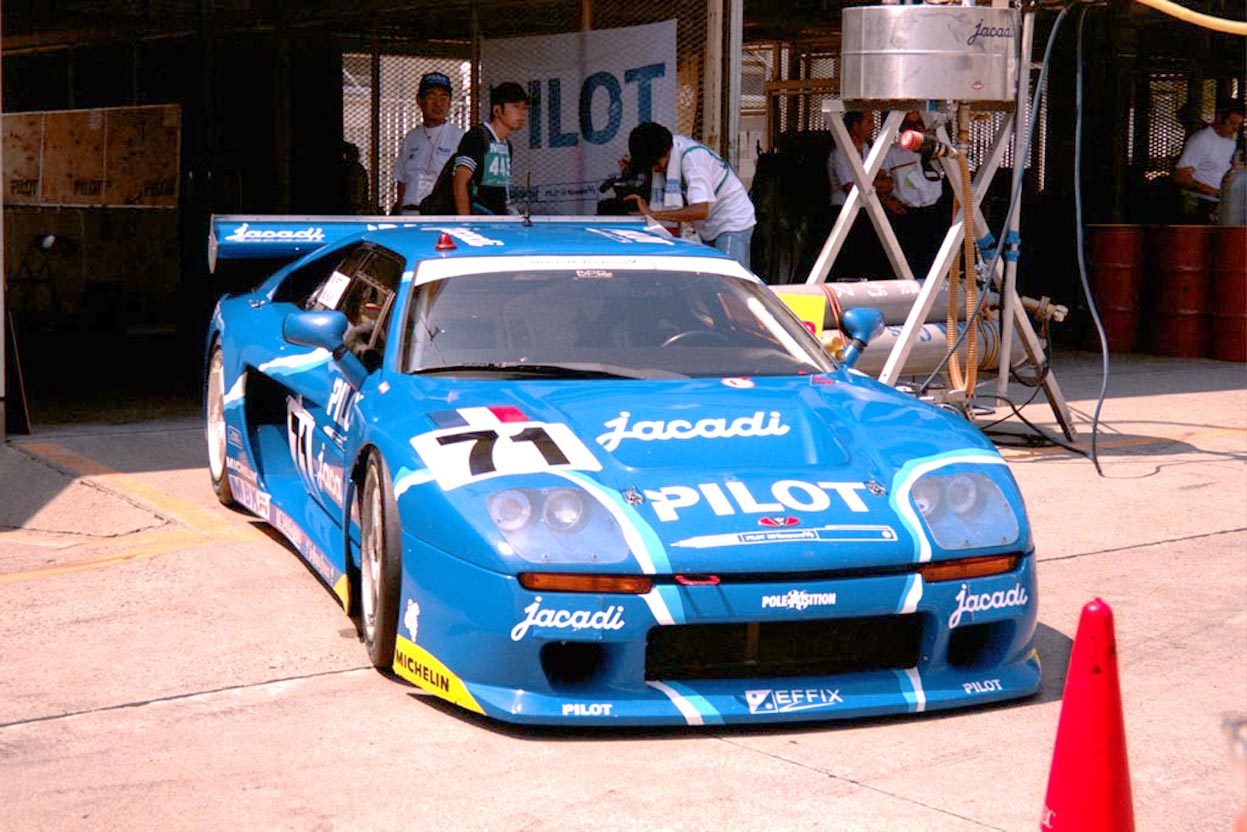
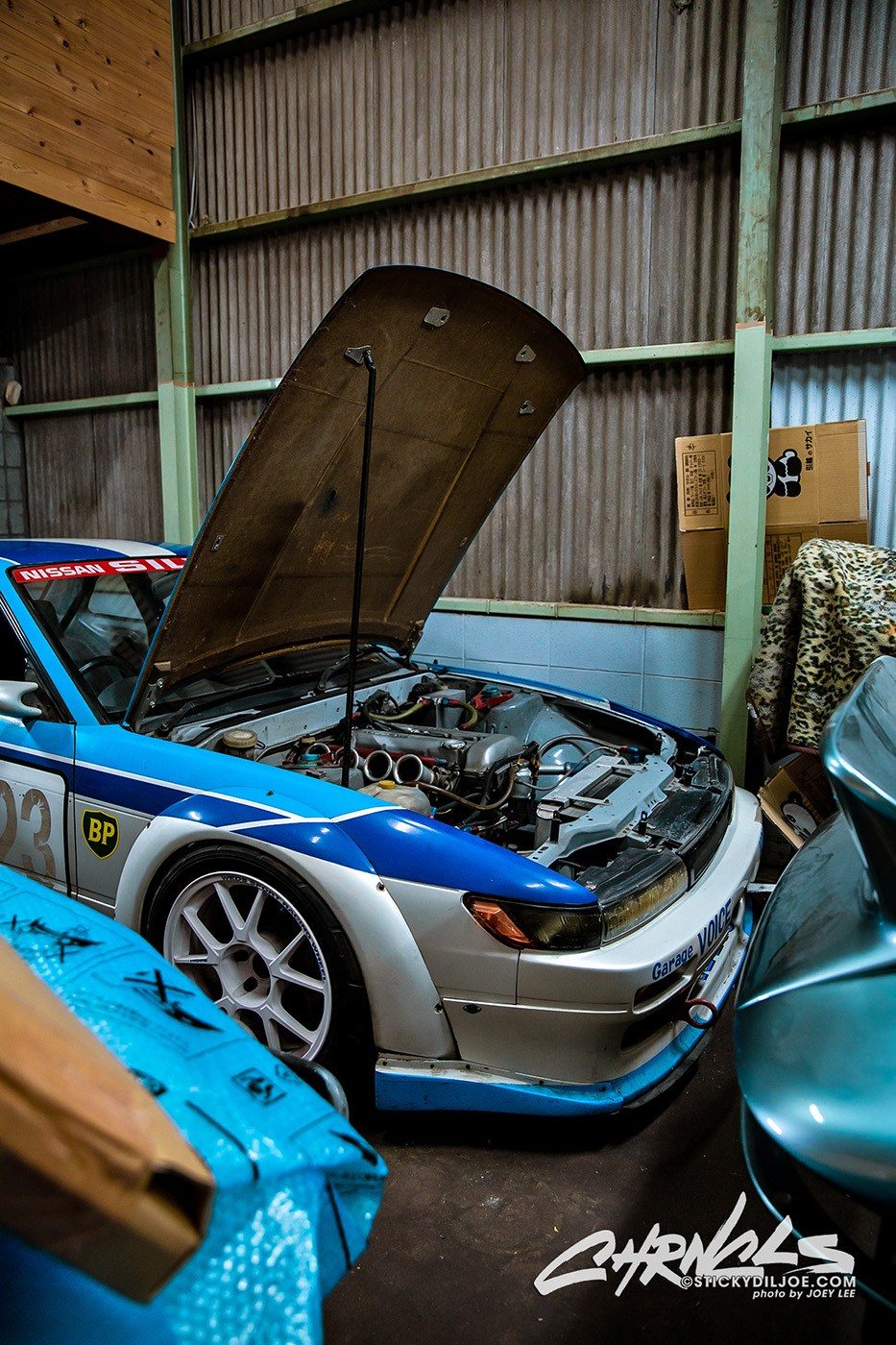

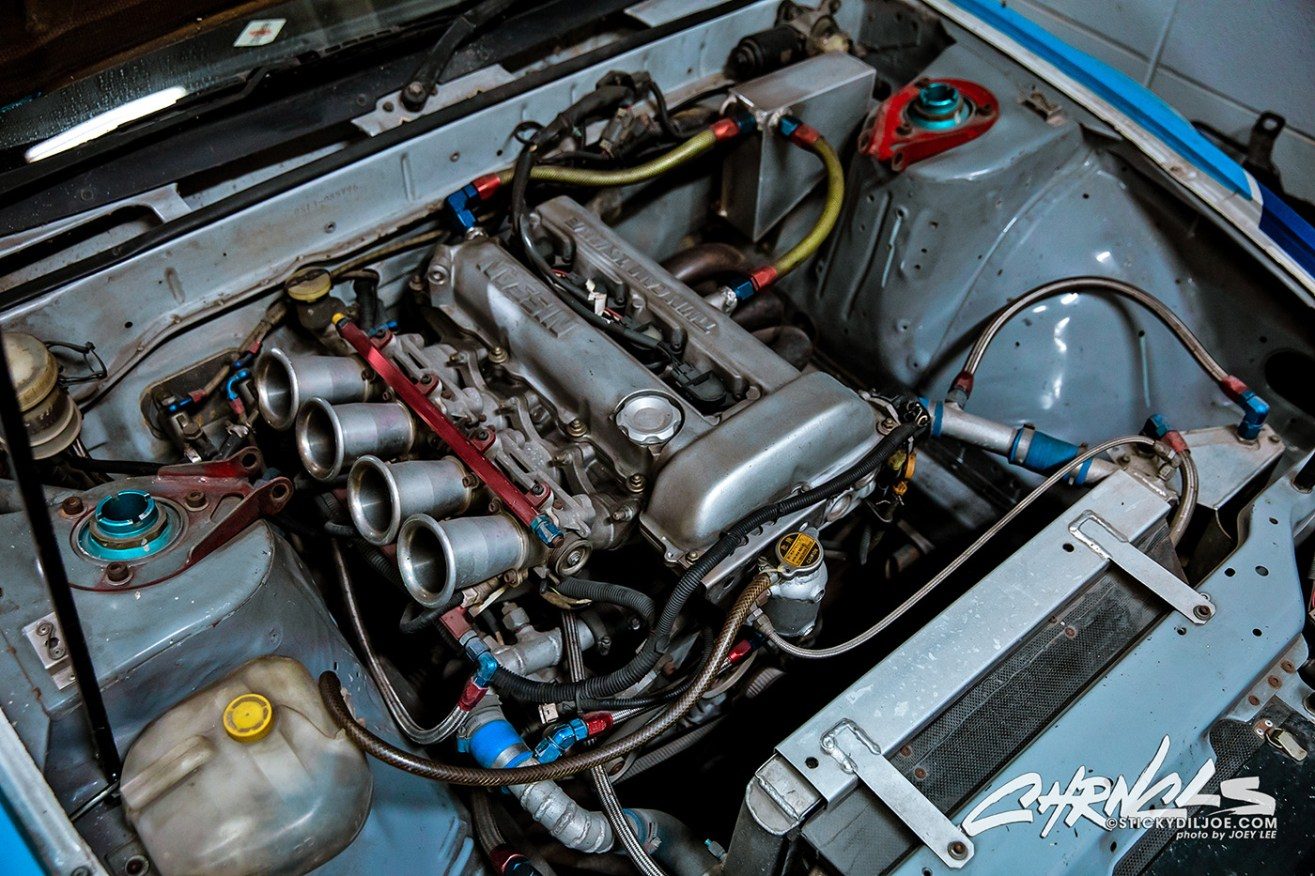
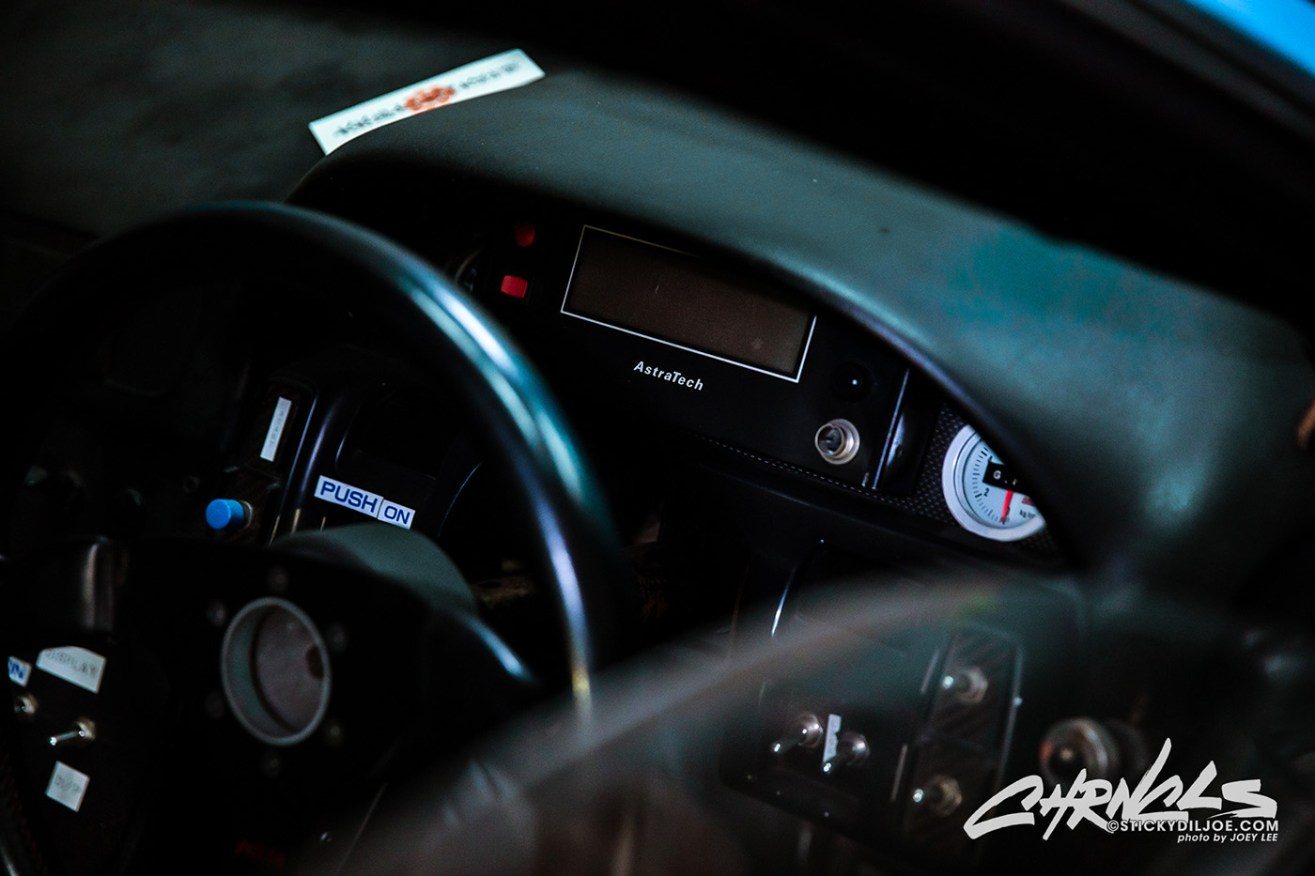

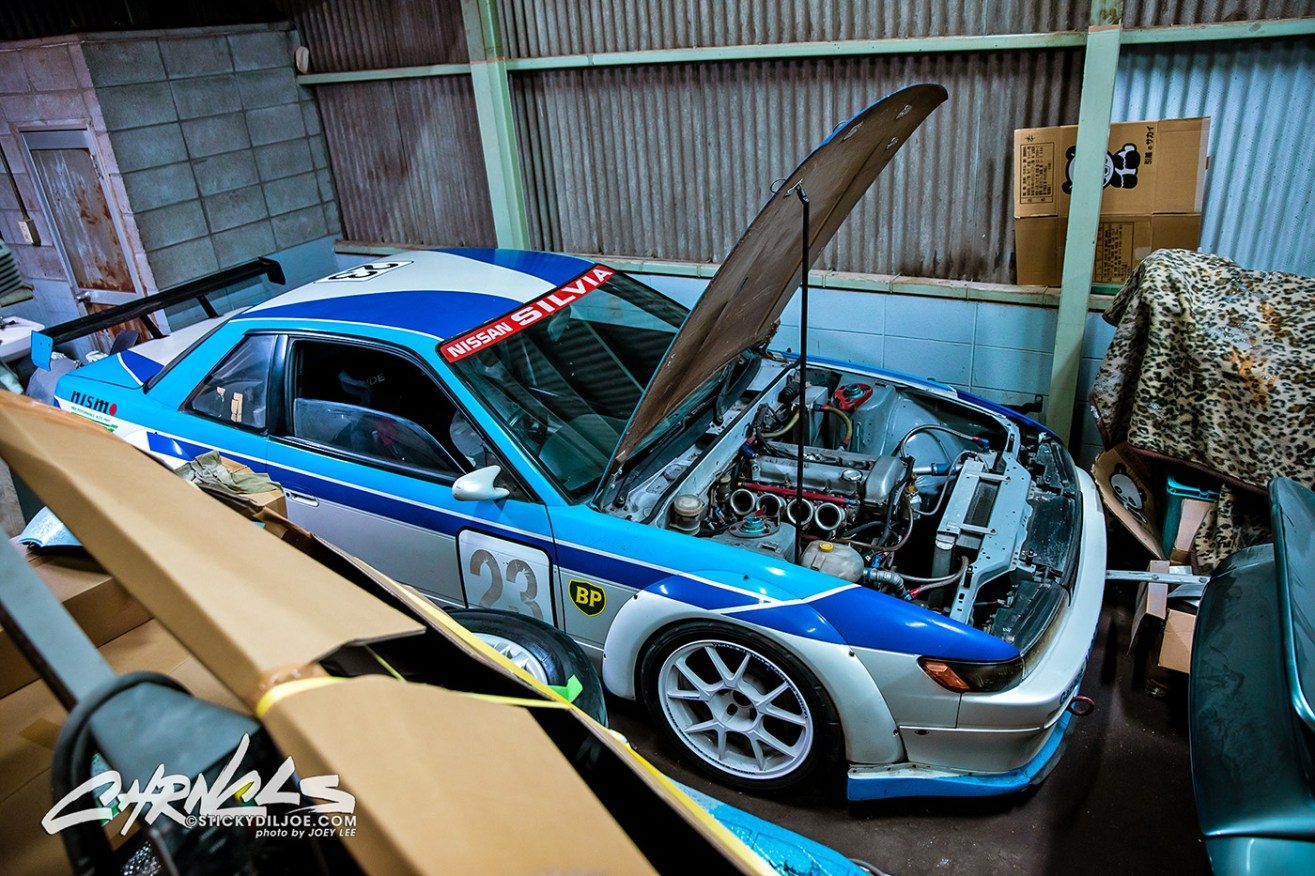
Side comment. (Maybe even said here before but I won't bother going through 1021 pages of cars)
Topic itself is silly, since this is quite global forum. It was global even 2002. My country has no own car brands though it has one car factory.
So every single car here is "import" for me.
Yes, I see it, but how is that an import?
It's one of two 3rd gen bodystyles unique to Mexico. There were US-spec four-eyed cars (as pictured) that got Capri-style fenders and quarter panels, and there were those that got the Capri-style front end but with Mustang-style arched fenders and quarter panels. Both versions were available with the Capri "bubble back" hatch while US-spec Mustangs were not.Yes, I see it, but how is that an import?
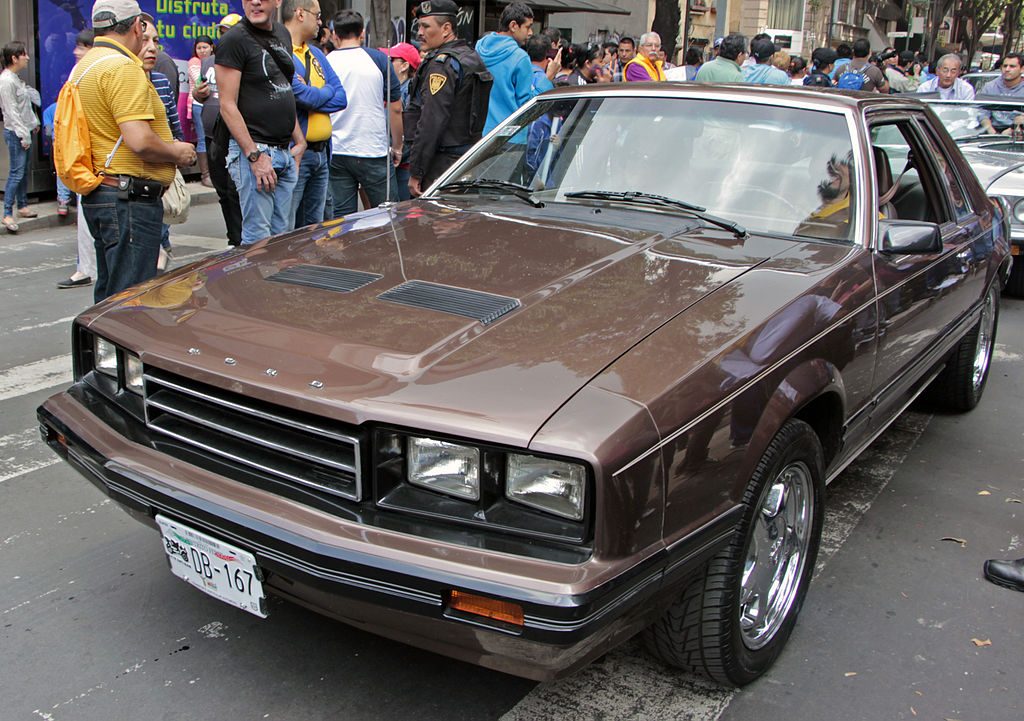
Oh, I thought I was looking at a front end swap.It's one of two 3rd gen bodystyles unique to Mexico.
Nope. The only thing I can tell that's been done to it is a wheel and tire change. Even that paint scheme is something that could be had when new.Oh, I thought I was looking at a front end swap.

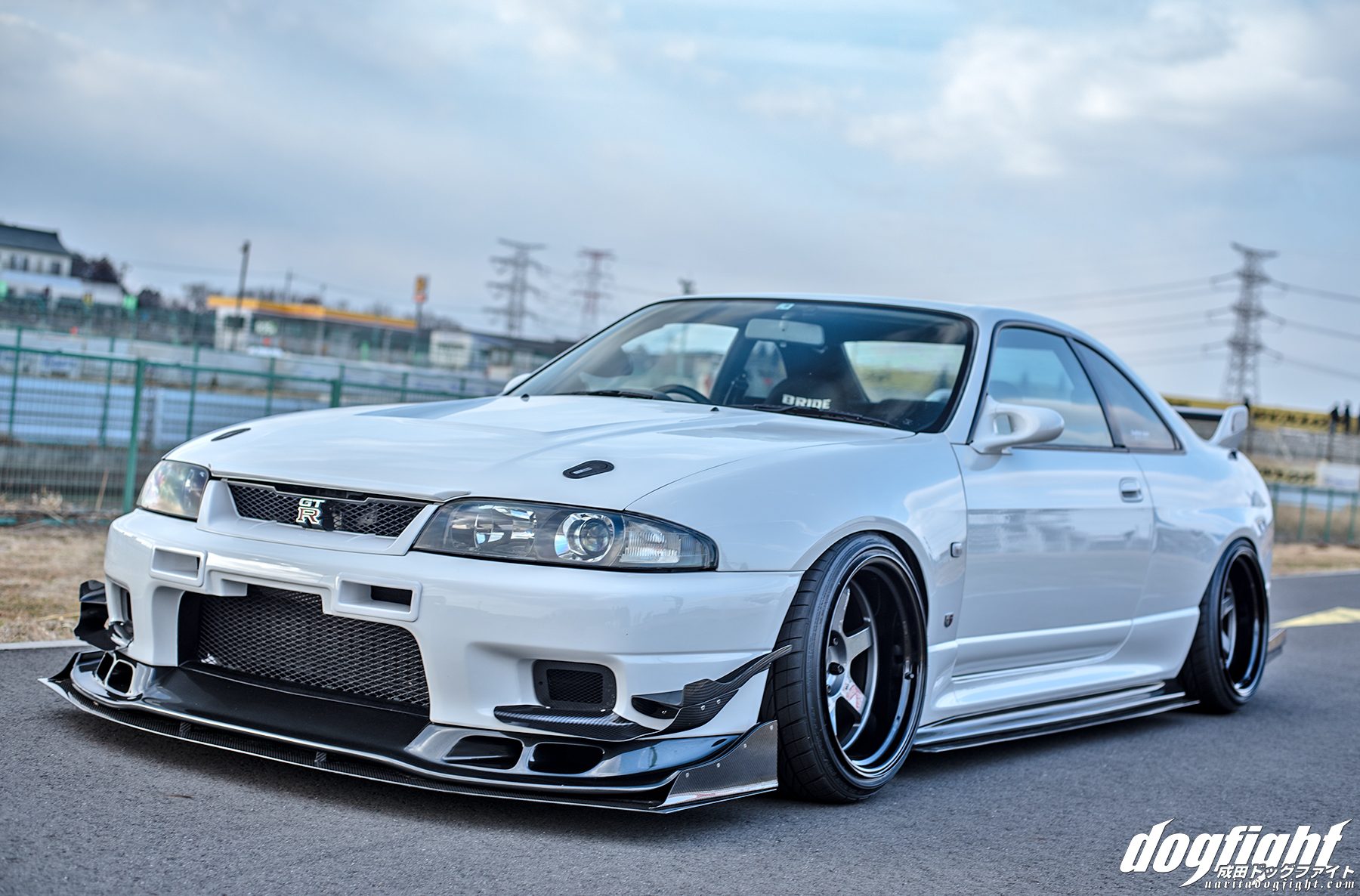
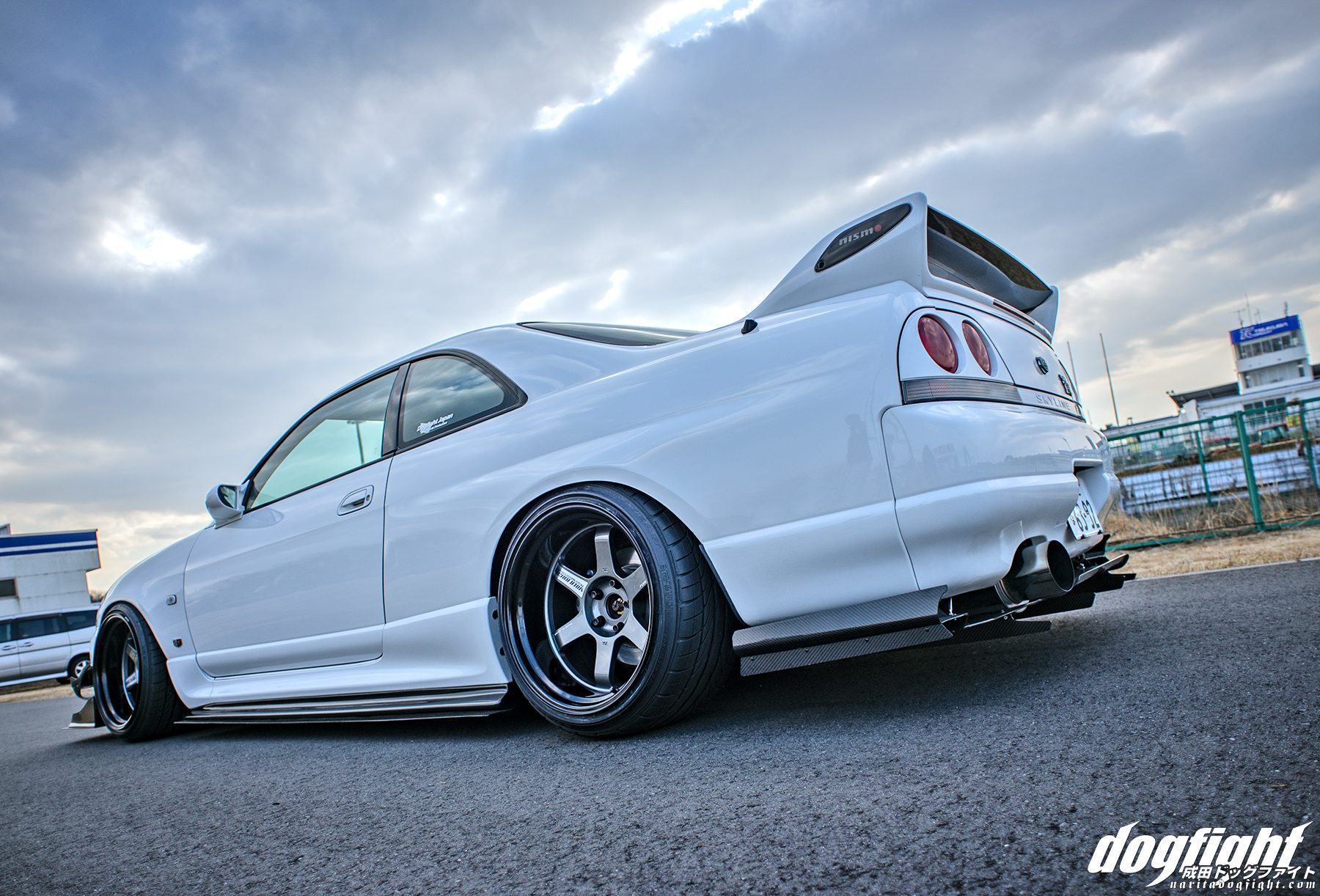
Missed that. Yep.Wait, Ford rebadged the Foxbody Mustang twice?
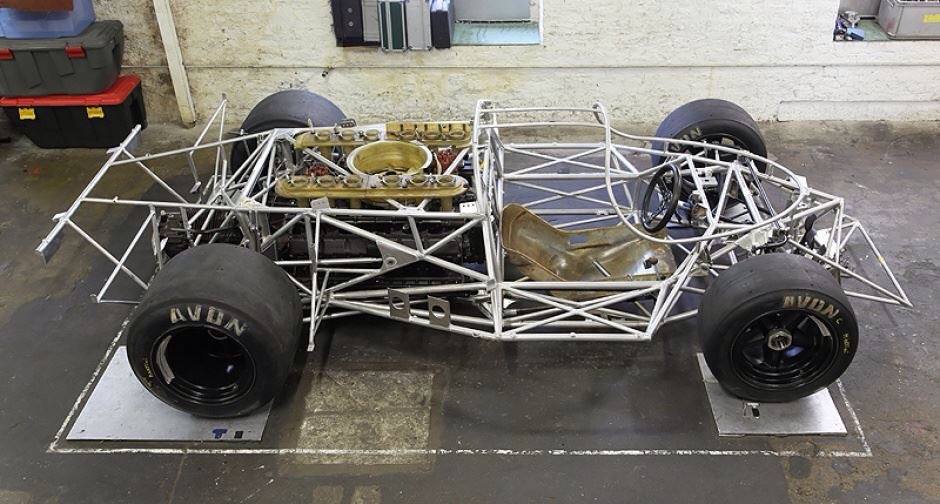
Frank Gardner“I got a call from the competitions manager,” he said, “and the money they were offering was certainly good enough to cross a strip of water and get in the thing. I think the reason they bestowed this honour on me was that every 917 driver was in hospital at the time, recovering from various stages of disrepair... I remember that Piper did one lap in practice at the ‘Ring, and was all for going back to England, but I pleaded with him to stay because the money was right.
“This was one of the very first 917s, with an alloy chassis, which was gas-filled. There was a big gauge in the cockpit, which measured the gas pressure, and that was there to keep you informed of the chassis’s condition. If it zeroed, they said, that meant that the chassis was broken, and I should drive mit care back to the pits.
“Once I knew what the gauge was for, I also knew that if it zeroed I wasn’t going to drive it mit care anywhere – I was going to park the bastard there and then, pick up my Deutschmarks and get home to Mum...
“Then there was the engine. You had about 300 horsepower at 5000 revs – and then between 5000 and 6000 you picked up another 300! So it was a bit of delight, really – and did I mention that it was on narrow nine-inch rims all round? The computer had said that nine-inch rims would make the car very quick in a straight line, but the computer wasn’t strapped in the bloody seat up in the Eifel mountains, where you tend to get the odd corner...”
Nor was that the end of it. “You sat between these pannier tanks, which bulged when they put the fuel in, so that was comforting – it took 40-odd gallons because it was pretty hungry. Then you started the engine, and – even with ear plugs in place – it was noisy to the point of being disturbing. It was bloody hard to think – you were horrified by all the activity, your brain numbed by the vibration, the power and the wheelspin.
“In those days, they were still gas-welding chassis, and this thing flexed so much that the actual position of the gearchange used to alter. You’d reach out for where the lever had been last time you used it – and it wasn’t there! It had moved.
“Nothing about the car was consistent, that was the thing. When it became airborne – which happened a lot at the ‘Ring – sometimes it would sort of float through the air, and other times it would crash down. It never did the same thing twice. Just when you thought you had it worked out, it’d pull another trick.
“It was simply indescribable, the motor car – and the weather did its best to help, as well. Snow and rain all the way. You were just so crossed up in the thing that you didn’t know which way was straight ahead in the finish. But we got it through to the end, seventh or somewhere, and in addition to paying me money, they tried to take up a collection for an Iron Cross, which they reckoned I’d earned...”